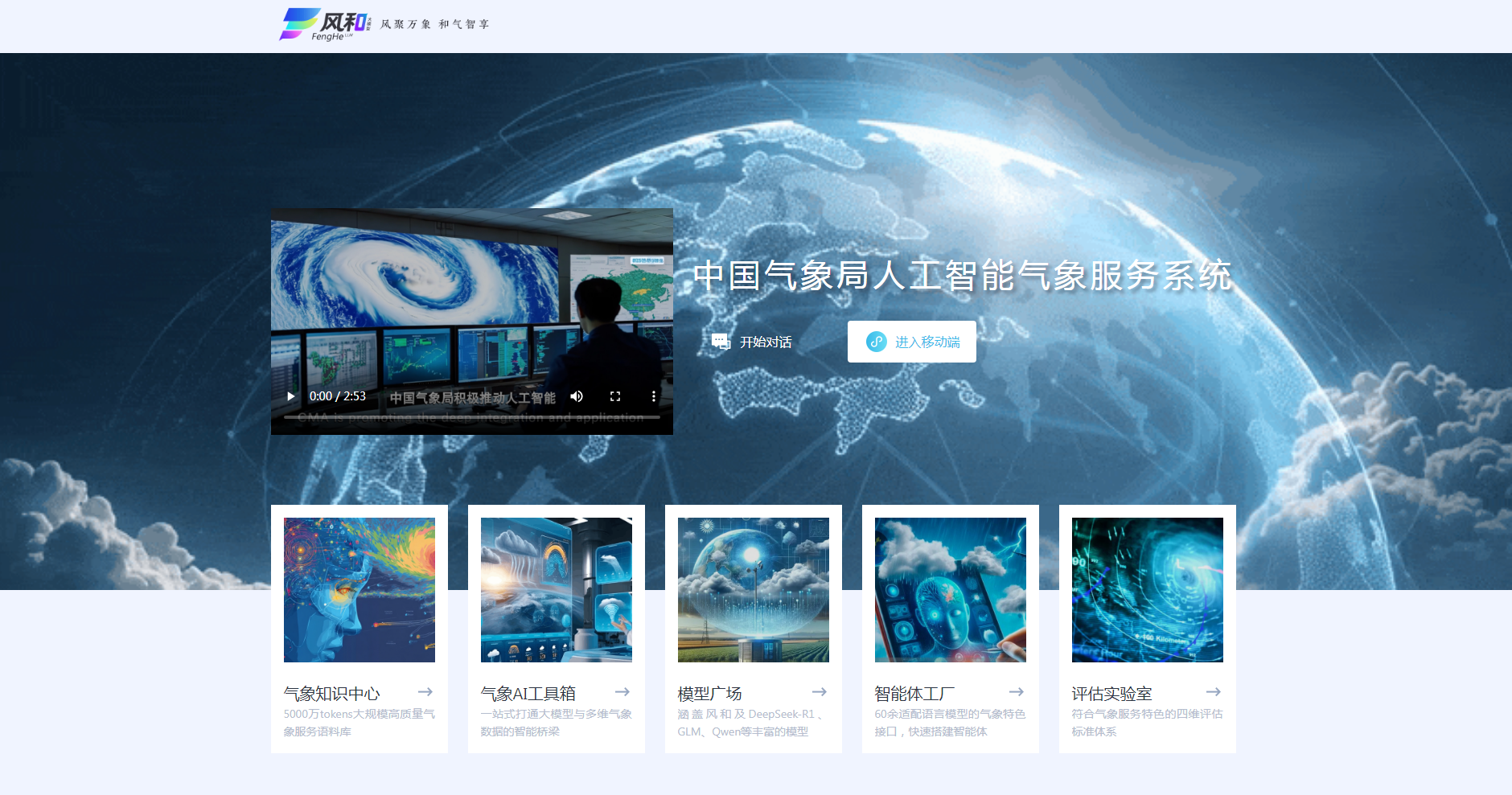China-Pakistan S&T Achievements Benefit People of Both Countries
Karot Hydropower Plant, the first hydropower investment project under the China-Pakistan Economic Corridor (CPEC). (PHOTO: XINHUA)
By Meng Fanrong
“The people of China and Pakistan have always benefited from the achievements of China-Pakistan Scientific and Technological (S&T) cooperation. China’s advanced technology in the fields of bio-agriculture, ICT, health care, sustainable energy, and aerospace can be shared with its Pakistani brothers,” highlighted Cao Zhouhua, Science Commissioner of the Chinese Embassy in Pakistan in a recent interview with China Economic Net.
S&T supports the high-quality development of CPEC
The commissioner introduced that the Belt and Road Initiative (BRI) has been bringing up two major innovative communities in Pakistan: the CPEC Enterprise Group with over 200 members and the academic community that collectively produces 8,000 international papers annually.
In view of the fact that some CPEC enterprises have encountered technical difficulties and the academic community also has the desire to tackle key technical issues, the Chinese Embassy has made efforts to match the two sides. “The successful matchmaking cases through this channel indicate that this is a good way to facilitate the link between industry and research communities, which will boost the sustainable development of CPEC,” underlined Cao.
The “Belt & Road” Science, Technology and Innovation Action Plan launched by China in 2017 has four aspects: capacity building, joint laboratories, technology transfer, and high-tech zones. Since then, these four aspects have been the focus of S&T cooperation between the two governments, with remarkable results, Cao said.
Fill CPEC with S&T papers
Scholars are the key players in bilateral S&T cooperation. According to the Web of Science, the world’s largest academic database, the number of jointly published papers between Chinese and Pakistani scholars in 2021 reached over 8,000 articles, a 13-fold increase from the 626 published in 2013 when the BRI was launched.
As for the areas of study for these co-authored papers, environment, materials, engineering/electrical, and computer science are among the top four. Cao believes this has laid a sound foundation to underpin the high-quality development of CPEC.
Cao said that the two countries attach great importance to capacity-building cooperation and introduced that, “there were a total of 28,000 Pakistani students studying in Chinese universities in 2019, among whom about 7,000 received various scholarships. Around 1,000 Pakistani scientists have participated in various training courses sponsored by the Ministry of Science and Technology of China since 2014. The CPEC Consortium of Universities now has 85 members, including top universities from both sides. According to its annual report, the Consortium universities have run 63 bilateral training courses, 290 seminars, and 262 jointly funded projects from 2019-21.”
In terms of corporate training, a growing number of Chinese companies have now joined the capacity-building cooperation. “For example, Huawei ICT Academy in Pakistan has trained 30,000 ICT personnel for Pakistan since 2017. China Road and Bridge Group initiated a programme in 2017, which fully subsidised 100 Pakistani technicians to study in China etc.” Zhouhua further explained.
China-Pakistan manned space and High-Tech Zone cooperation achievements worthy of expectation
China has made great achievements in the aerospace sector. The signing of “The Cooperation Agreement between China Manned Space Agency and the Pakistan Space & Upper Atmosphere Research Commission” in 2019 marks the space collaboration of the two countries getting into a new stage.
According to Cao, the Chinese Embassy has facilitated two space-related events this year: the first one was to organise a competition titled “Descriptive Letter Writing Competition to Chinese Astronauts” for Pakistani students in collaboration with the Pakistan Science Foundation and the second was to facilitate a research project titled “Orbit Breeding of Pakistani Medicinal Seeds in China Space Station” proposed by COMSTECH, which is being carried out in Chinese Space Station since the launch of Shenzhou XIV spacecraft on June 5, 2022. The seeds are expected to return to the ground in December 2022.
Cooperation between China and Pakistan on high-tech zones is another important part of bilateral cooperation with great potential. 169 national high-tech zones across China have brought together about one-third of the country’s high-tech enterprises, and created about 13% of China’s GDP with 0.1% of the country’s land area.
The Pakistani government attaches great importance to the role of high-tech zones in cultivating national high-tech industries. The Special Technology Zone Authority established in 2021 hopes to share China’s good practices in high-tech zone developments.
High-tech zone cooperation was one of the main topics during the 2nd CPEC Joint S&T Meeting in April. “The two sides will make active efforts on policy development, high-tech zone planning, start-up incubation, personnel training etc. It is foreseeable that high-tech zone will become a new cooperation focus between the two countries.” the commissioner concluded.
Source: China Economic Net







